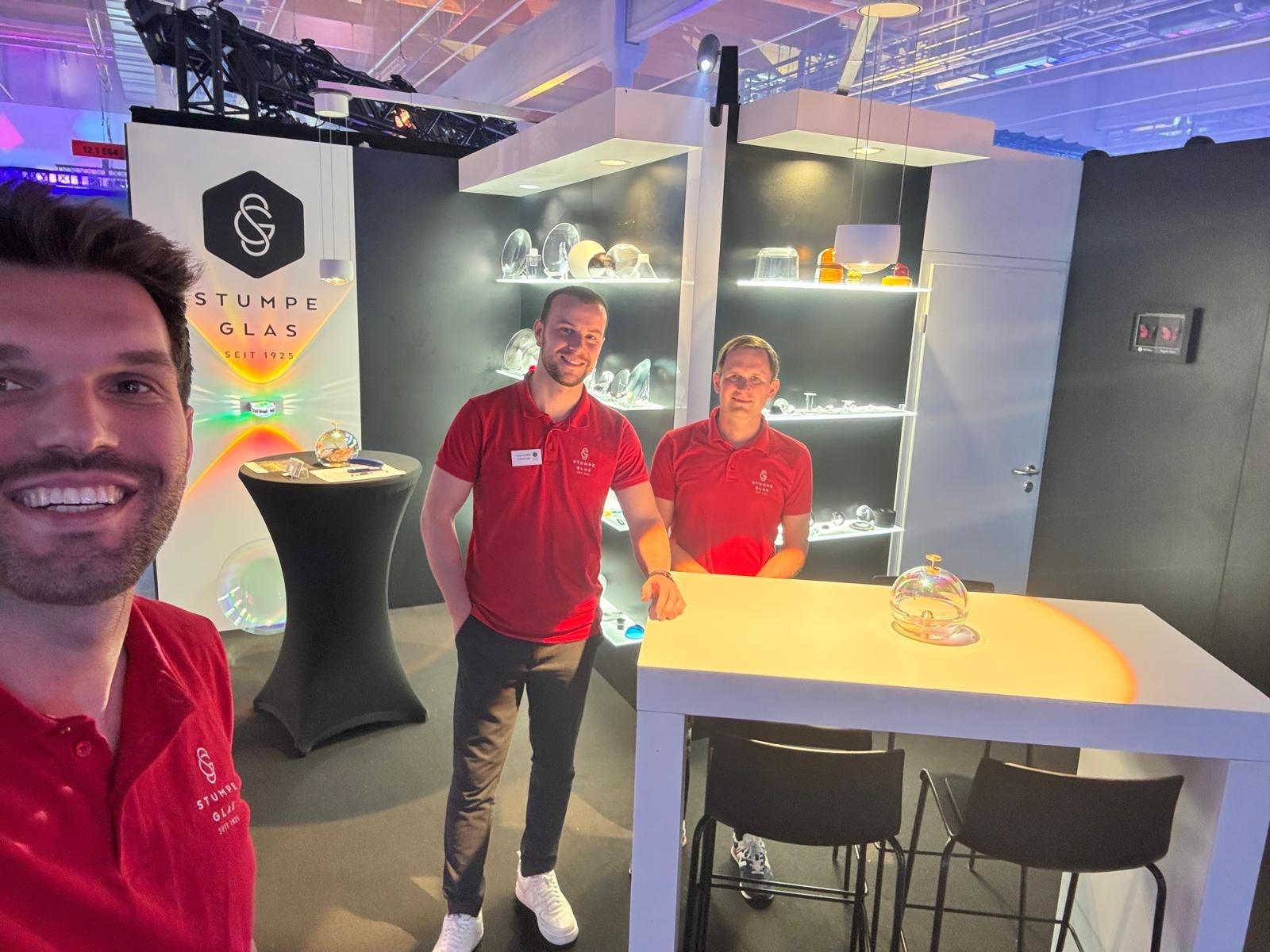
Challenges and Solutions in Aviation Glass Production
Glass, an invaluable material in aviation technology, faces unique challenges due to the extreme conditions encountered in aviation. This article delves into these challenges and sheds light on how companies like Stumpe Glass are developing innovative solutions to overcome them.
The Significance of Glass in Aviation
Modern aviation technology relies on glass in many ways, whether it's for cockpit displays, cabin windows, or instruments. The use of glass offers unparalleled clarity and durability, which are crucial in aviation. However, the production of glass for aviation requires special attention due to the unique challenges it faces.
Extreme Conditions in Aviation
Aviation is inherently extreme. Aircraft are exposed to extreme temperatures, pressure differentials, and vibrations. These conditions can compromise glass structures if not manufactured properly. Glass must meet aviation requirements to maintain its integrity during flight.
Challenges in Aviation Glass Manufacturing
- Temperature Resistance: Aviation glass must withstand extreme temperature fluctuations. During high-altitude flights, it can be exposed to temperatures of -50°C or lower, while it heats up to much higher temperatures during flight near the Earth's surface. This requires special glass compositions and treatments to prevent cracks or breaks.
- Pressure Resistance: Glass in aircraft must withstand pressure differentials between cabin air and external air. This is crucial for passenger and crew safety. Special glass compositions and thicknesses are required to meet these pressure demands.
- UV Radiation: Cabin windows must protect against harmful UV radiation to safeguard passengers. This requires special coatings and filters to block UV rays without compromising visibility.
Solutions by Stumpe Glass
Stumpe Glass, a pioneer in aviation glass production, has tackled these challenges with innovative solutions:
- Special Glass Compositions: Stumpe Glass employs advanced glass compositions specifically designed to withstand the extreme conditions of aviation. These materials are not only temperature-resistant but also pressure-resistant and UV-resistant.
- Precision Manufacturing: Aviation glass production demands the utmost precision. Stumpe Glass invests in state-of-the-art manufacturing technologies to ensure that each piece of glass meets the highest quality standards.
- Research and Development: Stumpe Glass is committed to continuous research and development, developing innovative solutions for aviation glass production. This includes the integration of advanced coatings, filters, and technologies.
Airport Lighting: A Crucial Component
Another crucial aspect of aviation where glass plays a central role is airport lighting. Glass is used in the lights installed on runways, taxiways, and runways. These lights must withstand extreme weather conditions while providing clear and visible signals to pilots.
Conclusion
The role of glass in modern aviation technology is indispensable. Despite the unique challenges that can arise in the production of aviation glass, companies like Stumpe Glass have developed innovative solutions to meet the highest standards in terms of temperature resistance, pressure resistance, and UV protection. This contributes to further improving safety, efficiency, and comfort in the aviation industry.






